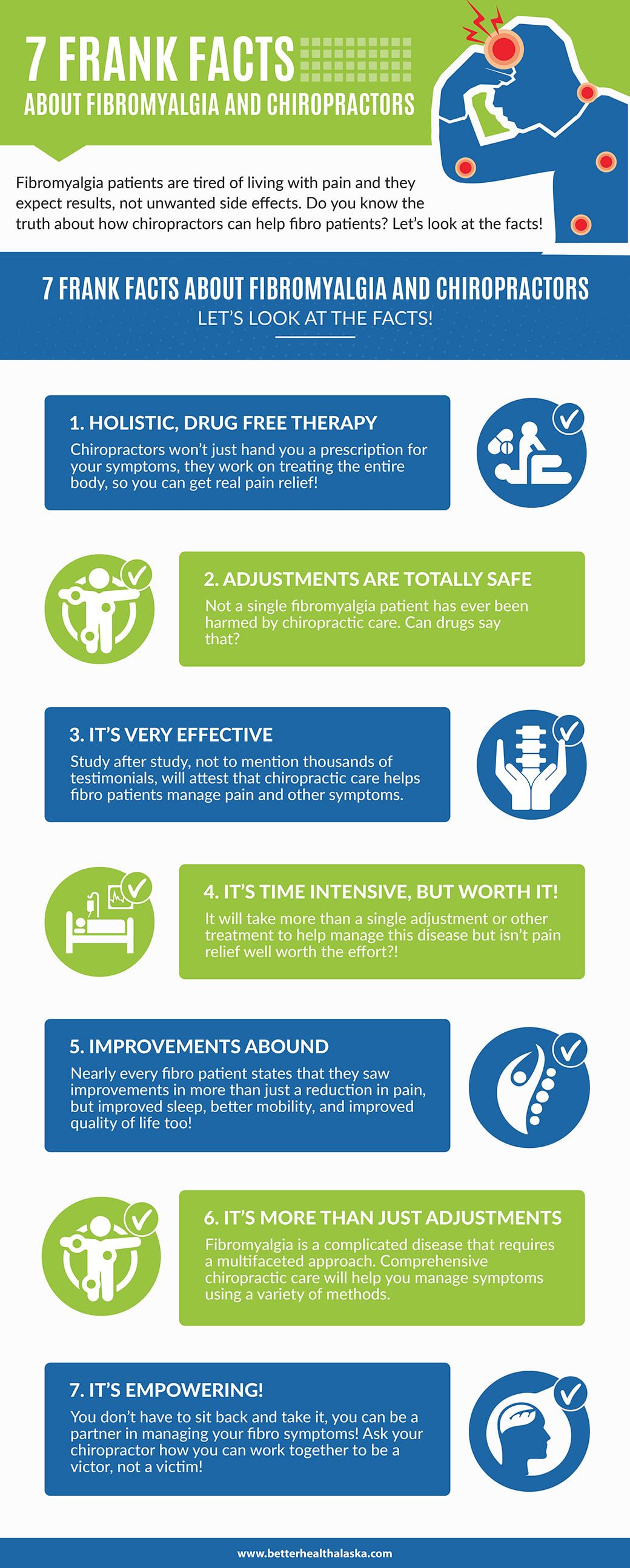While Cold Laser Treatment Holds The Promise Of Relieving Pain, What Are The Realities Hidden Behind The Misconceptions? Check Out The Information That Can Transform Your Healing Procedure
While Cold Laser Treatment Holds The Promise Of Relieving Pain, What Are The Realities Hidden Behind The Misconceptions? Check Out The Information That Can Transform Your Healing Procedure
Blog Article
Material Produce By-
If you've been having problem with persistent pain, you may have heard of cold laser treatment. It is essential to different reality from fiction before considering this therapy. Many people still think various myths bordering its effectiveness. Recognizing the scientific proof behind cold laser therapy can shed light on its potential benefits for discomfort administration. So, what does the research actually say, and how might this therapy change your method to alleviation?
Common Myths Concerning Cold Laser Treatment
What do you truly understand about cold laser treatment? You might think it's just a trend or that it hurts, yet that's far from the fact.
Lots of think it's only effective for small concerns, while it can in fact assist a selection of problems. Some think it's the same as standard laser therapies, however cold laser therapy makes use of low-level light and doesn't create warmth, making it non-invasive and painless.
You could additionally listen to that it's just for sure age groups, but people of every ages can benefit. Lastly, there's a misconception that it's uncontrolled, when in truth, several specialists follow rigorous guidelines.
Understanding cold laser therapy myofascial can assist you make an enlightened choice concerning discovering cold laser treatment for your discomfort alleviation.
Scientific Evidence Sustaining Cold Laser Treatment
Many false impressions regarding cold laser therapy can shadow its effectiveness, but an expanding body of scientific evidence supports its use for discomfort relief.
Studies have revealed that low-level laser treatment can lower inflammation, promote cells healing, and reduce pain in problems like arthritis, tendinitis, and back pain.
Research study published in trusted journals highlights exactly how cold laser therapy stimulates cellular procedures, enhancing blood flow and increasing healing.
Scientific tests regularly demonstrate considerable improvements in pain degrees and movement for patients undergoing this treatment.
You may find it comforting that organizations like the FDA support particular cold laser devices, even more validating their healing potential.
As even more experts adopt this technology, the evidence remains to place, making it a viable alternative for pain administration.
Benefits of Cold Laser Treatment for Discomfort Management
As you explore pain monitoring alternatives, cold laser therapy stands apart for its numerous advantages.
First, it's non-invasive, indicating you won't have to worry about surgery or prolonged recuperation times. This treatment promotes healing at the cellular degree, lowering swelling and pain efficiently. You'll likely experience fast relief without the side effects commonly related to drugs.
In addition, cold laser treatment promotes enhanced blood flow, boosting oxygen delivery and nutrient absorption in the afflicted area. This can cause quicker recuperation from injuries.
bari 167 stamford of patients report boosted movement and function, enabling you to return to day-to-day tasks quicker. Generally, cold laser therapy offers a safe, efficient alternative for taking care of discomfort and accelerating healing.
Conclusion
To conclude, cold laser treatment isn't just a passing trend; it's a tested, reliable choice for handling pain and promoting recovery. By debunking ipl treatment and highlighting scientific support, you can see how this non-invasive therapy can enhance your movement and overall quality of life. If you're searching for a safe alternative to conventional discomfort alleviation methods, take into consideration checking out cold laser treatment-- it could be the solution you've been looking for.
